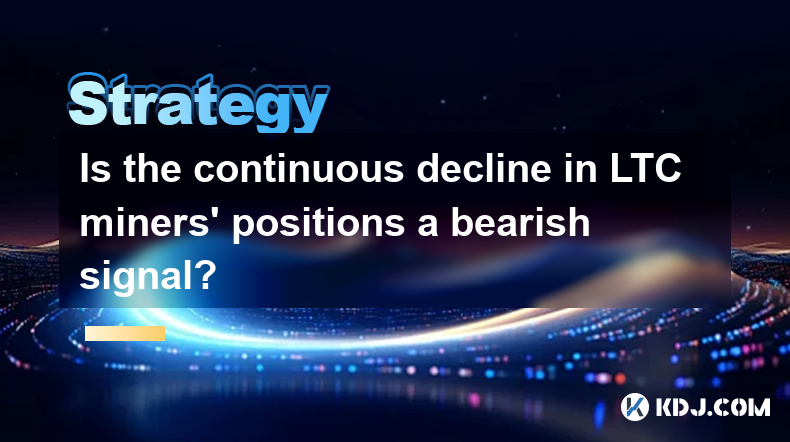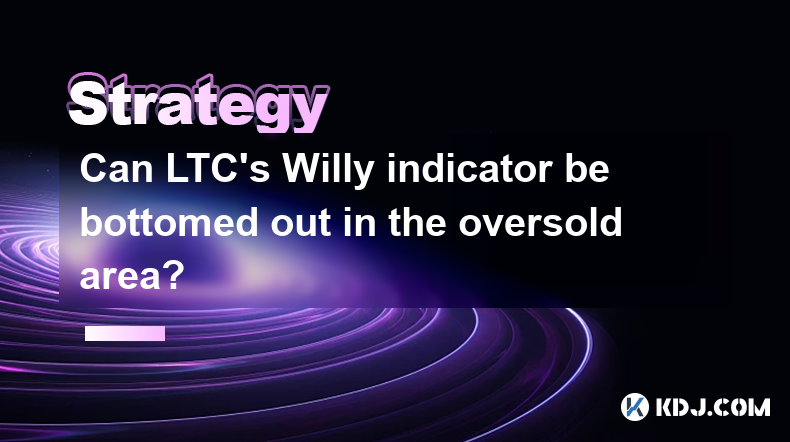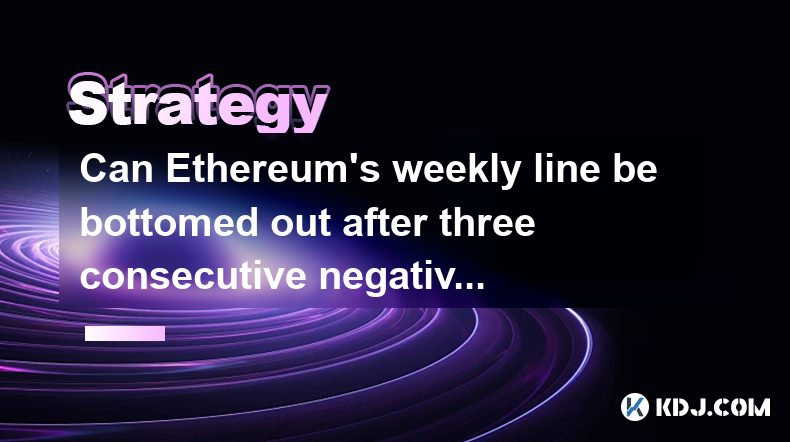-
 Bitcoin
Bitcoin $92,791.8043
-1.35% -
 Ethereum
Ethereum $1,755.1542
-3.41% -
 Tether USDt
Tether USDt $1.0002
-0.01% -
 XRP
XRP $2.1670
-5.40% -
 BNB
BNB $597.8018
-2.59% -
 Solana
Solana $148.6654
-3.10% -
 USDC
USDC $1.0000
0.00% -
 Dogecoin
Dogecoin $0.1741
-5.86% -
 Cardano
Cardano $0.6943
-2.44% -
 TRON
TRON $0.2457
-0.42% -
 Sui
Sui $3.0286
2.61% -
 Chainlink
Chainlink $14.4764
-4.73% -
 Avalanche
Avalanche $22.0152
-4.12% -
 UNUS SED LEO
UNUS SED LEO $9.2234
2.05% -
 Stellar
Stellar $0.2687
-2.01% -
 Toncoin
Toncoin $3.1166
-0.77% -
 Shiba Inu
Shiba Inu $0.0...01320
-3.99% -
 Hedera
Hedera $0.1818
-3.34% -
 Bitcoin Cash
Bitcoin Cash $347.4785
-3.75% -
 Polkadot
Polkadot $4.0211
-3.26% -
 Litecoin
Litecoin $81.4299
-4.20% -
 Hyperliquid
Hyperliquid $17.9559
-5.59% -
 Dai
Dai $1.0000
-0.01% -
 Bitget Token
Bitget Token $4.3936
-4.77% -
 Ethena USDe
Ethena USDe $0.9992
-0.02% -
 Pi
Pi $0.6496
-3.57% -
 Monero
Monero $224.5697
-2.17% -
 Uniswap
Uniswap $5.7648
-4.97% -
 Pepe
Pepe $0.0...08565
-7.33% -
 Aptos
Aptos $5.3125
-1.27%
Is the continuous decline in LTC miners' positions a bearish signal?
The continuous decline in LTC miners' positions raises concerns about the Litecoin network's health and may signal a bearish trend for LTC's price.
Apr 24, 2025 at 01:08 pm

The continuous decline in LTC miners' positions has been a topic of concern within the cryptocurrency community, especially among Litecoin (LTC) enthusiasts. This phenomenon raises questions about the health of the Litecoin network and its potential impact on the price of LTC. To understand whether this is a bearish signal, it's important to delve into the reasons behind the decline, the implications for the network, and what this might mean for LTC's price.
Understanding Miners' Positions in Litecoin
Miners play a crucial role in the Litecoin network. They are responsible for validating transactions and adding them to the blockchain, a process for which they are rewarded with newly minted LTC. The term "miners' positions" refers to the amount of LTC that miners hold in their wallets. A continuous decline in these positions indicates that miners are selling off their LTC rather than holding onto it.
Reasons Behind the Decline in Miners' Positions
Several factors could contribute to the continuous decline in LTC miners' positions. One possibility is profit-taking. Miners might decide to sell their LTC to realize profits, especially if they believe the price has peaked or if they need to cover operational costs. Another factor could be market sentiment. If miners perceive a bearish trend in the market, they might sell their LTC to avoid potential losses.
Additionally, operational challenges such as increasing mining difficulty and electricity costs can force miners to sell their LTC to maintain their operations. Finally, regulatory changes in different regions can impact miners' willingness to hold onto their LTC, prompting them to liquidate their positions.
Implications for the Litecoin Network
The decline in miners' positions can have several implications for the Litecoin network. Firstly, reduced hash rate might result from miners selling their LTC and potentially shutting down their operations. A lower hash rate can make the network more vulnerable to attacks, as it reduces the computational power dedicated to securing the blockchain.
Secondly, decreased liquidity could be another consequence. If miners are continuously selling their LTC, it can lead to an oversupply in the market, potentially driving down the price. This can create a negative feedback loop where lower prices lead to more selling by miners, further exacerbating the decline.
Impact on LTC Price
The continuous decline in miners' positions can indeed be seen as a bearish signal for LTC's price. When miners sell their LTC, it increases the supply in the market, which, according to basic economic principles, can lead to a decrease in price. This selling pressure can be particularly impactful if it coincides with a period of low demand.
However, it's important to consider other market factors as well. Overall market sentiment, trading volume, and external economic factors can all influence LTC's price. While the decline in miners' positions is a bearish signal, it is not the sole determinant of LTC's price movement.
Historical Context and Case Studies
To better understand the impact of declining miners' positions, it's helpful to look at historical data and case studies. For instance, during previous bear markets, a decline in miners' positions has often preceded or coincided with significant price drops. In 2018, for example, the Litecoin market experienced a sharp decline, partly driven by miners selling off their LTC.
In contrast, during bullish periods, miners might hold onto their LTC in anticipation of higher prices, leading to an increase in their positions. Analyzing these patterns can provide valuable insights into how miners' behavior impacts LTC's price.
Strategies for Investors and Traders
Given the potential bearish signal of declining miners' positions, investors and traders need to consider various strategies to navigate the market. Here are some approaches:
- Diversification: Spreading investments across different cryptocurrencies can help mitigate the risk associated with a decline in LTC miners' positions.
- Technical Analysis: Using technical indicators to identify potential entry and exit points can be useful. For instance, if the Relative Strength Index (RSI) indicates that LTC is oversold, it might be a good time to buy.
- Staying Informed: Keeping up-to-date with news and developments related to Litecoin and the broader cryptocurrency market can provide insights into miners' behavior and market trends.
- Risk Management: Setting stop-loss orders can help limit potential losses if the price of LTC continues to decline due to miners' selling.
Frequently Asked Questions
Q: Can miners' positions in other cryptocurrencies influence LTC's price?
A: Yes, miners' positions in other cryptocurrencies can influence LTC's price indirectly. If miners of other major cryptocurrencies like Bitcoin start selling off their holdings, it can create a ripple effect across the entire crypto market, including Litecoin. This is because a decline in one major cryptocurrency often leads to a decrease in investor confidence across the board, potentially driving down the price of LTC.
Q: How can I track miners' positions in Litecoin?
A: To track miners' positions in Litecoin, you can use several tools and resources:
- Blockchain explorers like Blockchair or Litecoin Blockchain Explorer provide data on miners' transactions and wallet balances.
- Crypto analytics platforms such as Glassnode or Coin Metrics offer detailed insights into miners' behavior, including their positions and selling activity.
- Social media and forums where miners and crypto enthusiasts share information can also be useful for staying updated on miners' positions.
Q: Are there any positive aspects to miners selling their LTC?
A: While the continuous decline in miners' positions is generally seen as a bearish signal, there can be some positive aspects. For instance, if miners are selling their LTC to reinvest in more efficient mining equipment, it could lead to a more robust and secure Litecoin network in the long run. Additionally, increased selling by miners can provide buying opportunities for other investors, potentially leading to a more diversified and stable investor base.
Q: How does the Litecoin halving affect miners' positions?
A: The Litecoin halving, which occurs approximately every four years, reduces the block reward miners receive by half. This event can significantly impact miners' positions. After a halving, miners might sell more of their LTC to compensate for the reduced income, leading to a decline in their positions. Conversely, if miners anticipate a price increase post-halving, they might hold onto their LTC, potentially stabilizing or increasing their positions.
Disclaimer:info@kdj.com
The information provided is not trading advice. kdj.com does not assume any responsibility for any investments made based on the information provided in this article. Cryptocurrencies are highly volatile and it is highly recommended that you invest with caution after thorough research!
If you believe that the content used on this website infringes your copyright, please contact us immediately (info@kdj.com) and we will delete it promptly.
- After Years of "PUA", Zora Finally Issued a Coin, but the Community Users Did Not Get the "Big Result" They Wished For
- 2025-04-24 21:20:11
- Bitcoin (BTC) Has Exceeded the Realized Price of Short-term Holders, Exciting Analysts
- 2025-04-24 21:20:11
- PEPE Price Surge Re-enters the Crypto Spotlight with a 17% Breakout
- 2025-04-24 21:15:12
- US President Donald Trump Signed an AI Executive Order
- 2025-04-24 21:15:12
- Spot Bitcoin ETF inflows are at their highest since January 2025.
- 2025-04-24 21:10:12
- Mantle Network Launches MI4, a Institutional-Grade Digital Asset Index Fund Targeting $400M Market Gap
- 2025-04-24 21:10:12
Related knowledge

Is the increase in LINK's net outflow from exchanges a positive signal?
Apr 24,2025 at 02:35pm
The recent increase in LINK's net outflow from exchanges has sparked discussions within the cryptocurrency community about its implications for the token's future performance. LINK, the native token of the Chainlink decentralized oracle network, has seen a notable shift in its net outflow from exchanges, which many interpret as a positive signal. This a...

Is LTC's UTXO age distribution useful for judging buying and selling points?
Apr 23,2025 at 05:42pm
Is LTC's UTXO age distribution useful for judging buying and selling points? Understanding the UTXO (Unspent Transaction Output) age distribution of Litecoin (LTC) can provide valuable insights into the behavior of its holders and potentially help in making informed decisions about buying and selling points. The UTXO age distribution refers to the age o...

Can LTC's Willy indicator be bottomed out in the oversold area?
Apr 24,2025 at 01:43pm
Understanding the Willy IndicatorThe Willy indicator, also known as the Willy ratio, is a technical analysis tool used in the cryptocurrency market to gauge the sentiment of a particular asset, in this case, Litecoin (LTC). It is calculated by dividing the total trading volume of an asset by its market capitalization. The resulting ratio helps traders u...

Can Ethereum's weekly line be bottomed out after three consecutive negatives?
Apr 24,2025 at 10:56am
In the dynamic world of cryptocurrencies, understanding market trends and patterns is crucial for investors and traders alike. One of the significant aspects of technical analysis in this field is the examination of weekly line charts, particularly for major cryptocurrencies like Ethereum. The question of whether Ethereum's weekly line can be bottomed o...

Where can I find the current average holding cost of XRP in the market?
Apr 22,2025 at 11:00pm
Where can I find the current average holding cost of XRP in the market? Finding the current average holding cost of XRP in the market can be a challenging task, as this information is not readily available on most mainstream cryptocurrency platforms. However, there are several methods and resources that you can use to estimate this figure. In this artic...

What should I do if LINK's NVT signal diverges?
Apr 24,2025 at 04:14am
When the NVT (Network Value to Transactions) signal for LINK (Chainlink) diverges, it can be a significant indicator for investors and traders to take action. The NVT ratio is a valuation metric used in the cryptocurrency space to assess whether a cryptocurrency is overvalued or undervalued based on its network activity. A divergence in the NVT signal s...

Is the increase in LINK's net outflow from exchanges a positive signal?
Apr 24,2025 at 02:35pm
The recent increase in LINK's net outflow from exchanges has sparked discussions within the cryptocurrency community about its implications for the token's future performance. LINK, the native token of the Chainlink decentralized oracle network, has seen a notable shift in its net outflow from exchanges, which many interpret as a positive signal. This a...

Is LTC's UTXO age distribution useful for judging buying and selling points?
Apr 23,2025 at 05:42pm
Is LTC's UTXO age distribution useful for judging buying and selling points? Understanding the UTXO (Unspent Transaction Output) age distribution of Litecoin (LTC) can provide valuable insights into the behavior of its holders and potentially help in making informed decisions about buying and selling points. The UTXO age distribution refers to the age o...

Can LTC's Willy indicator be bottomed out in the oversold area?
Apr 24,2025 at 01:43pm
Understanding the Willy IndicatorThe Willy indicator, also known as the Willy ratio, is a technical analysis tool used in the cryptocurrency market to gauge the sentiment of a particular asset, in this case, Litecoin (LTC). It is calculated by dividing the total trading volume of an asset by its market capitalization. The resulting ratio helps traders u...

Can Ethereum's weekly line be bottomed out after three consecutive negatives?
Apr 24,2025 at 10:56am
In the dynamic world of cryptocurrencies, understanding market trends and patterns is crucial for investors and traders alike. One of the significant aspects of technical analysis in this field is the examination of weekly line charts, particularly for major cryptocurrencies like Ethereum. The question of whether Ethereum's weekly line can be bottomed o...

Where can I find the current average holding cost of XRP in the market?
Apr 22,2025 at 11:00pm
Where can I find the current average holding cost of XRP in the market? Finding the current average holding cost of XRP in the market can be a challenging task, as this information is not readily available on most mainstream cryptocurrency platforms. However, there are several methods and resources that you can use to estimate this figure. In this artic...

What should I do if LINK's NVT signal diverges?
Apr 24,2025 at 04:14am
When the NVT (Network Value to Transactions) signal for LINK (Chainlink) diverges, it can be a significant indicator for investors and traders to take action. The NVT ratio is a valuation metric used in the cryptocurrency space to assess whether a cryptocurrency is overvalued or undervalued based on its network activity. A divergence in the NVT signal s...
See all articles























































































